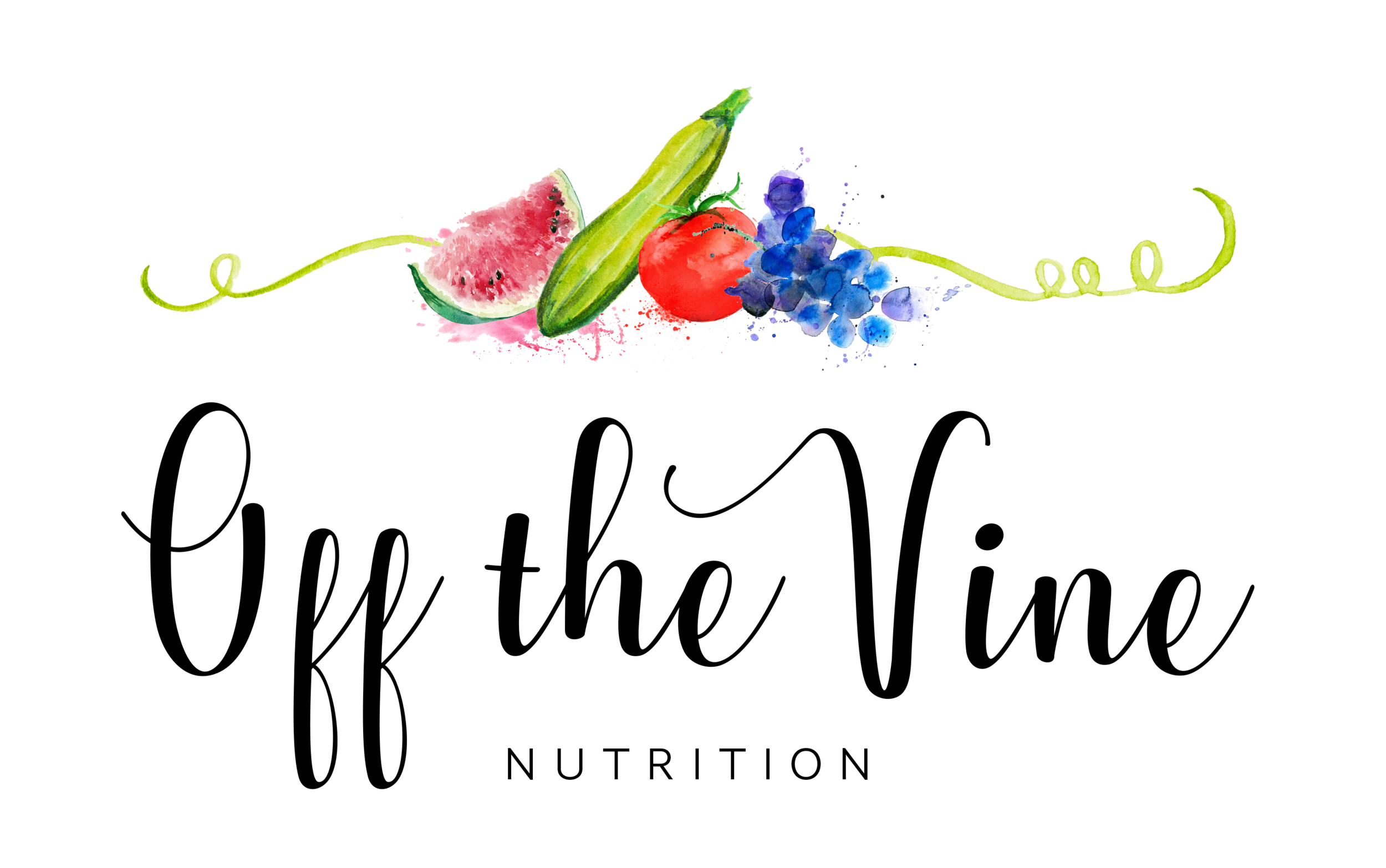Myth-Busting: Do You Really Need to Wash Your Avocados?
Just like me, you may have seen headlines circulating recently about washing avocados, which inspired this myth-busting post.
I think we can all agree that we all know (whether we really do or not), that we should be washing our produce. We wash our apples, grapes, lettuce, carrots, bell peppers, and berries. But what about melons, pineapple, and avocados? Do you wash those? Do you really need to be washing them?
You don’t eat the outside of those produce like you do with apples, grapes, bell peppers, etc., so is it really necessary to wash them?
Yes, and here’s why:
With the exception of a banana, most of these fruits and vegetables with harder rinds require you to cut into them to get to the edible part that we all enjoy. Think about a watermelon, you can’t really peel that like a banana or orange, you need a knife to eat it.
Any bacteria from the outside of the produce gets transferred to the inside, edible flesh, that we eat by the knife. This can contaminate the normally protected part that we eat with bacteria, some of which that is harmful and could lead to food poisoning.
Despite all these new headlines, this isn’t necessarily new information. While getting ServSafe certified, we were taught the importance of washing all produce, not just the obvious ones, for this exact reason. Especially since most fruits are served raw, and do not have the opportunity for cooking at proper temperatures to kill any bacteria that may have contaminated it.
A new study released by the FDA, that resulted in all the new attention to this food safety concept looked at the bacteria in and on avocados. In efforts to conduct research more proactively, the FDA has started sampling produce before any major links to food borne illness to better characterize and understand the risk of various foods. In 2014 they started testing avocados, and the report was just released. The sampling represents consumption trends, with 70% being imported, and the remainder being domestically grown. While fractions of a percent of Salmonella and Listeria were found inside the avocado fruit (edible portion), this was not the concerning results of the sampling. The FDA identified and worked with the growers and manufacturers domestically, and stopped importing the ones where the the inside of the avocado tested positive for these bacteria.
In the study, larger amounts were found on the outside of the avocados. They found that ~17%, or close to 1 in 5 avocados sampled had Listeria present on the skin. This finding reinforces the notion that all produce should be washed before consumption, including produce with inedible rinds, like avocados. The study did not assess the concentration, or amount, of the bacteria present on the avocados.
WHAT IS LISTERIA?
It is a bacteria, that when consumed from food can cause the foodborne illness Listeriosis. Small amounts of this is usually tolerated, or results in mild symptoms in healthy adults. Pregnant women, infants, elderly, and immunocompromised individuals are at a higher risk. Approximately 1,600 people get Listeriosis each year, killing about 260 a year. Risk can also be reduced by eating foods right away, or minimizing the time between preparing and eating (more time for the bacteria to multiply to a level that leads to Listeriosis). Listeria is a little more unique in the fact that it can continue to grow at cold temperatures, so refrigerating or freezing something that has been contaminated will not stop bacterial growth. In terms of the avocado frenzy, you are typically consuming your avocado toast, or guacamole pretty immediately after preparing it, in order to prevent browning so that is reducing risk, and in your favor! Read More
Here’s the recommended method to properly wash produce:
Wash your hands with soap and water for at least 20 seconds
Wash produce under running water before cutting, peeling, prepping, or eating. This includes all produce, whether it has a rind or peel (Avoid using soap or other commercially sold ‘washes’ as ingredients in soap and these products can be absorbed into the porous surfaces of many fruits and vegetables— tap water is just as effective). This includes produce whether it is grown in your garden, from a farmer’s market, supermarket, organic, or conventionally grown
Scrub hard produce (avocados, melons, cucumbers, etc) with a clean produce brush
Dry completely with a clean towel or paper towel. This is an important step, as it removes any remaining bacteria
The Myth…. Is True!!
So next time you’re making avocado toast or guacamole, or a yummy fruit salad with melon and pineapple, infusing a drink with lemon or lime, or making a veggie tray with cucumbers… remember to wash, scrub, and dry all produce!
Remember to follow proper food safety when making your next batch of guacamole :)
*Just a reminder that you SHOULD NOT wash eggs, or raw poultry or meat. Read More
Learn More:
FDA Avocado Study: https://www.fda.gov/Food/ComplianceEnforcement/Sampling/ucm619834.htm
https://www.eatright.org/homefoodsafety/four-steps/wash/should-you-wash-all-food
https://www.foodsafety.gov/blog/properproduce.html
https://www.foodsafety.gov/keep/basics/clean/index.html
https://www.cdc.gov/listeria/index.html
ServSafe coursebook (7th ed.). (2017). Chicago, IL: National Restaurant Association Educational Foundation.
*This is the training book used when I was ServSafe certified (Manager)




True or False: You can’t put hot food in the fridge without letting it cool down first, or it will spoil?